I wouldn’t know a friluftsliv from a fruit bowl, or cottagecore to cottage cheese. But skincare… Skincare I know. In fact, ask anyone who knows me, and they’ll confirm my absolute obsession with clean, fresh, even-toned, and vibrant skin. I’ve needled, peeled, and exfoliated my way through a host of treatments and products all in the name of reducing hyperpigmentation, brightening my skin, and reversing the results of a childhood spent in the southern California sun.
But it’s not just me. Whether it shows in the form of dark marks and patches or acne scars that never seem to fade, hyperpigmentation is a highly common skincare struggle. Especially for women over 40. And for skin with naturally higher counts of melanin (olive and darker skin tones), hyperpigmentation can seem nearly impossible to manage.
What causes hyperpigmentation? No surprises, but it’s due to sun exposure, inflammation (think acne scars), and melasma (hormone-related). Fortunately, there are many options available to help even out skin tone and brighten your complexion, including some great over the counter products. Just remember that getting rid of dark spots and blotches will take time…up to 12 weeks or more. So be patient. Be consistent. And remember, there’s always concealer ????
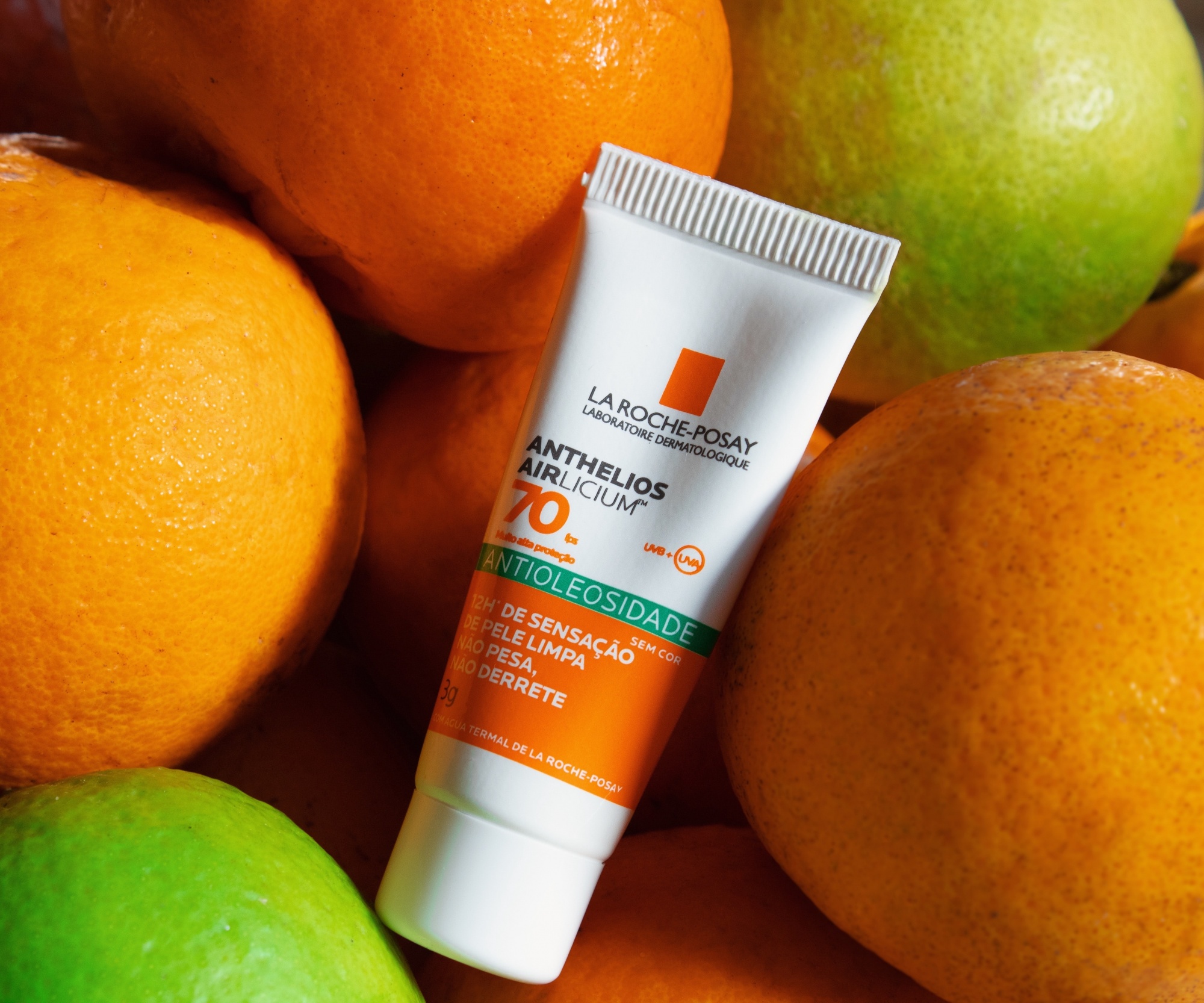
Photo: Unsplash by Arthur Pereira
Sunscreen
First and foremost, before we even talk about treatments, let’s talk about sunscreen. Because no product or treatment will have any measurable or lasting results without a commitment to wearing an SPF every single day. Rain or shine. Every single day. No exceptions. No arguments. If you’re not sure about what to use or how to use it, write a comment below and we’ll help you figure it out. But my favorites include…
Clé De Peau Beauté UV Protective Cream – SPF 50+
EltaMD UV Clear Broad-Spectrum SPF 46
La Mer The Broad Spectrum SPF 50 UV Protecting Fluid
Shisheido Broad Spectrum SPF 50+
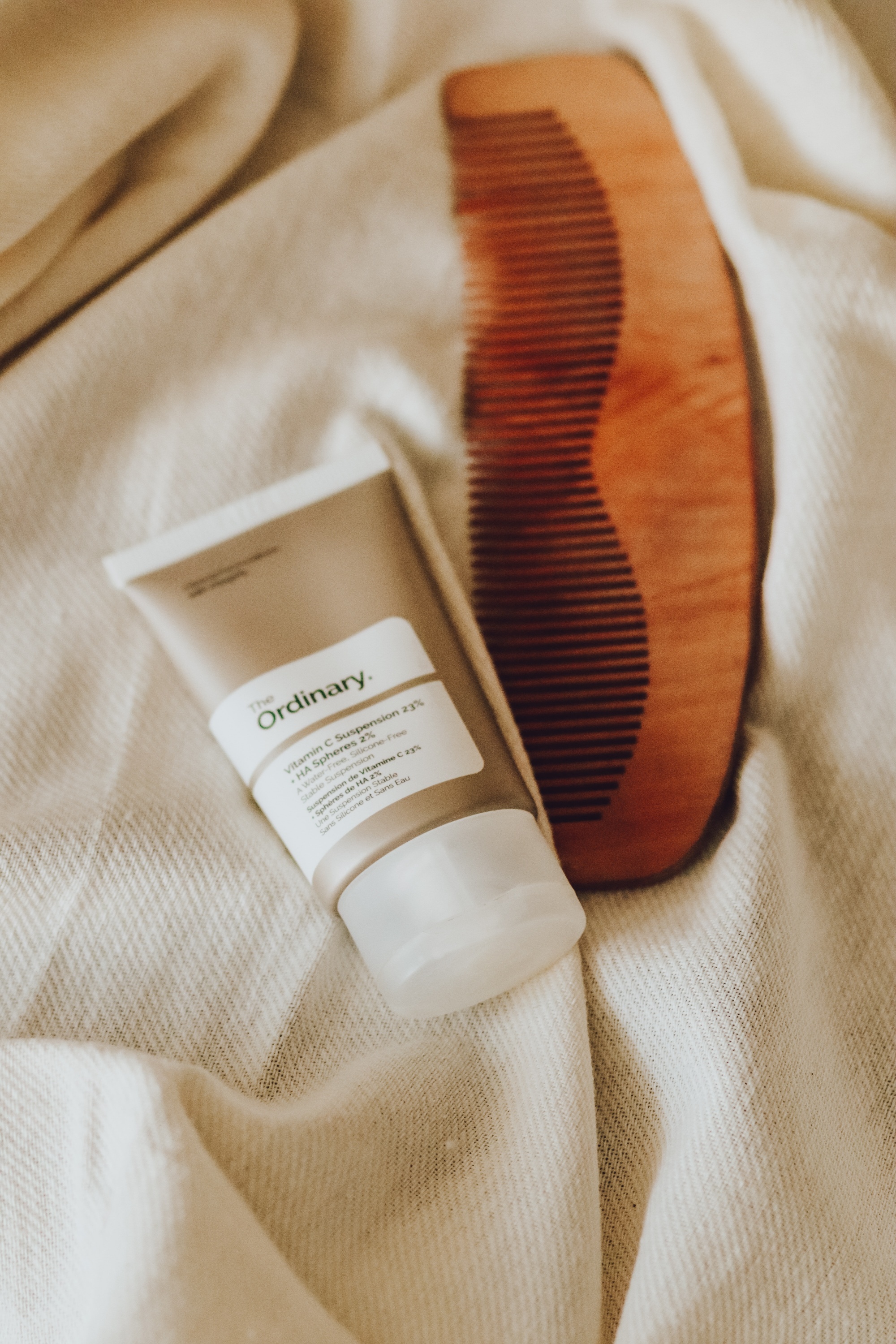
Photo: Unsplash by Taisiia Shestopal
Vitamin C Serum
The benefits of Vitamin C continue to grow, protecting cells from UV light, pollution, and other environmental elements that produce damaging free radicals (and those pesky free radicals lead to wrinkles and a dull complexion). But Vitamin C serum also inhibits enzymatic processes that produce melanin in the skin, so it can help reduce dark spots for a more even skin tone. I can’t stress enough the importance of including a Vitamin C serum in your skincare regime. I’ve used ALL of these and highly recommend them…they’re excellent and consistently deliver results. You know they work when your skin feels brighter and “happier” when using it.
Ole Henrikensen Banana Bright Vitamin C
Obagi Vitamin C 20%
SkinCeuticals Brightening Skin System Kit
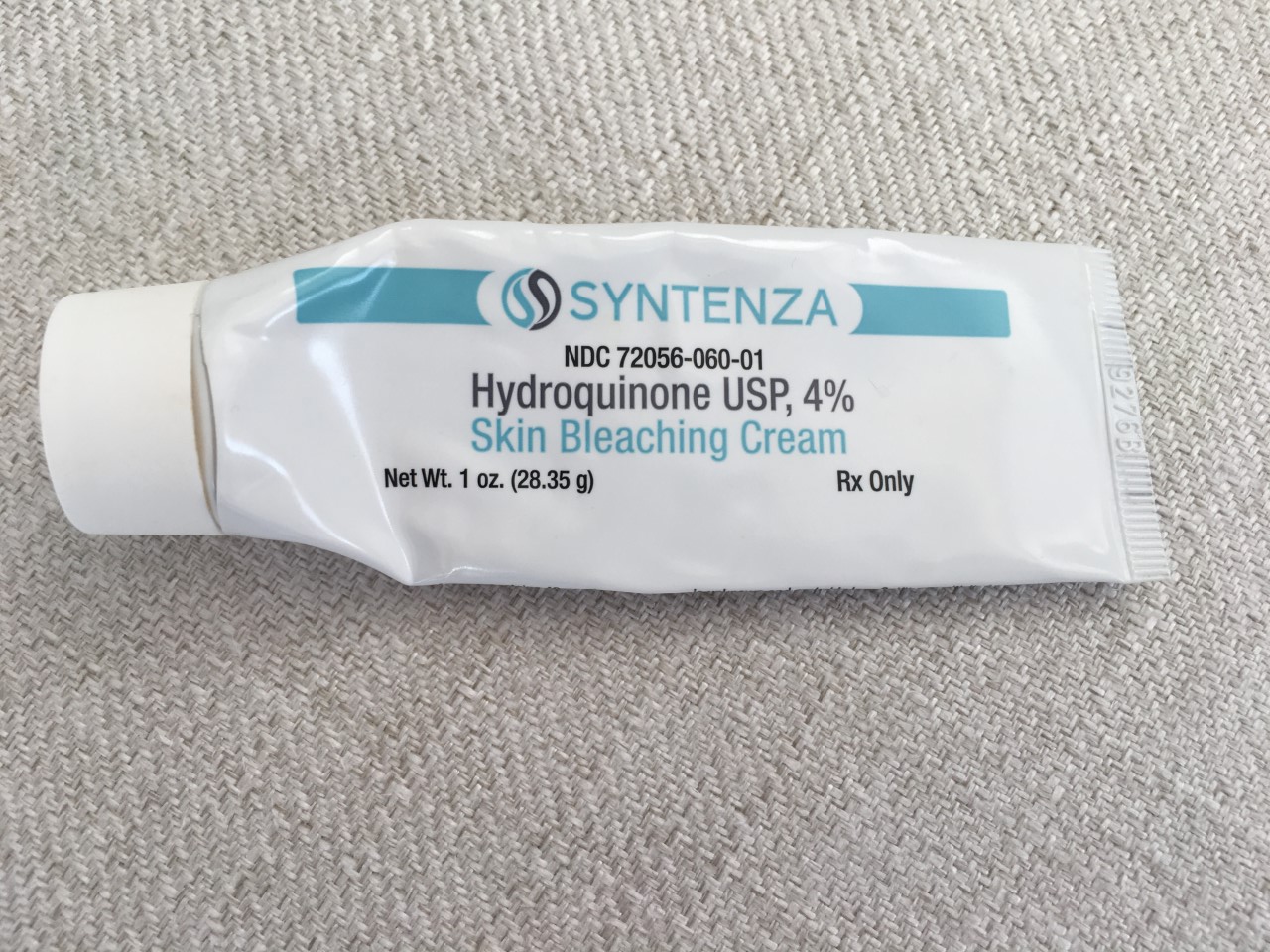
Prescription Hydroquinone
I’ve used prescription-strength 4% hydroquinone cream for many years and it’s by far the most effective in taming dark spots and keeping my skin bright and clear. You can find this ingredient over the counter in concentrations of 2% or less, too. Considered the gold standard, it works at the cellular level inhibiting an enzyme called tyrosinase, which aids in the production of melanin, to reduce the production of pigment. As the old skin sheds and new skin is produced, the amount of pigment will be less, leading to a more even skin tone. It does take about 12 weeks to see an improvement, so patience and consistency are key.
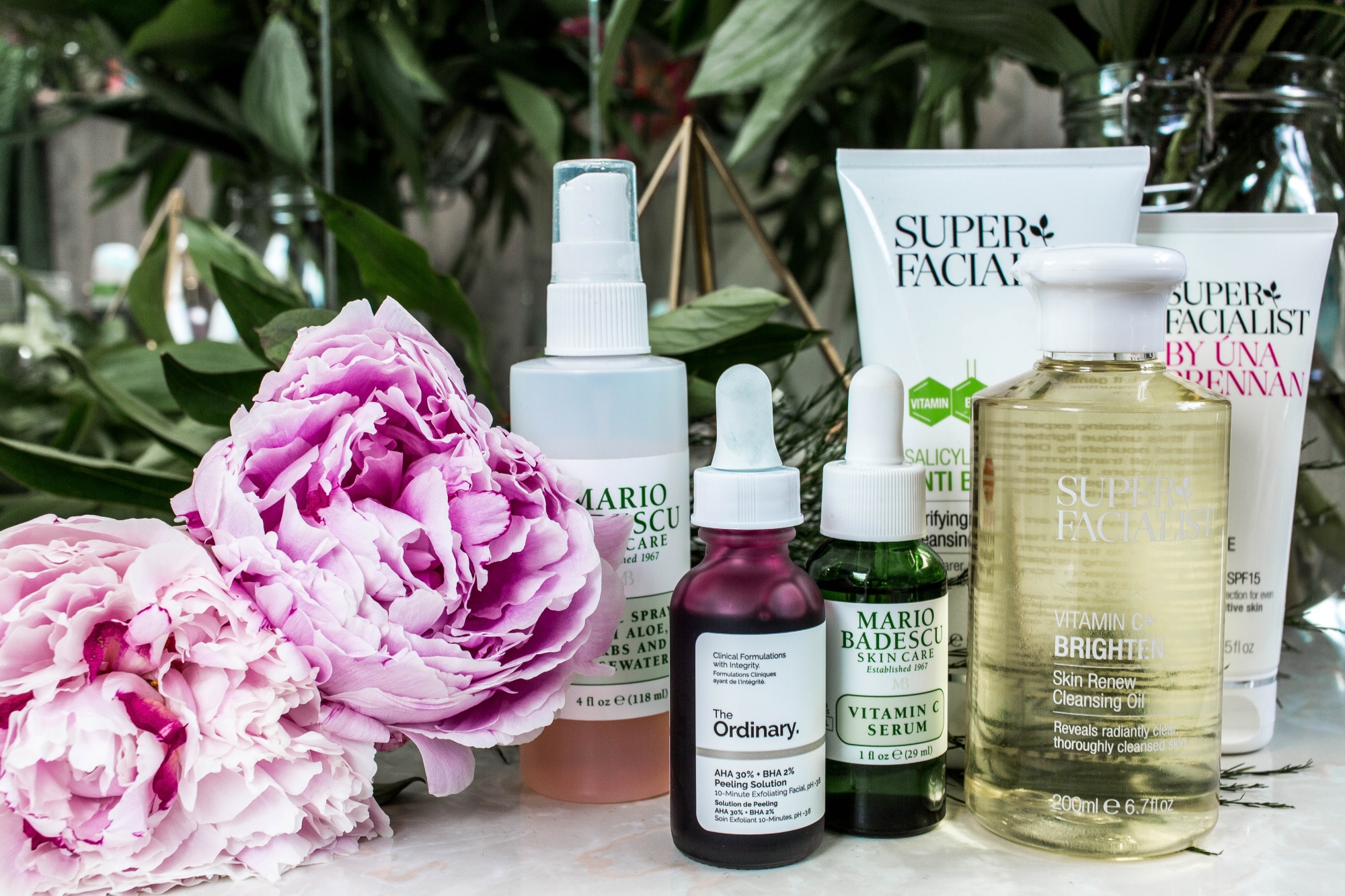
Photo: Unsplash by Charisse Kenion
OTC Kojic Acid, Licorice Extract, or Niacinamide
If you’d rather go the more ‘natural’ route, consider a product that features kojic acid, licorice extract, or niacinamide. Though not as intense as hydroquinone, these ingredients work in a similar fashion and are highly recommended by dermatologists and aestheticians.
Kojic Acid
Derived from mushrooms or fermented rice, kojic acid works by suppressing a key factor in the activity of the pigment cells. Kojic acid (up to 1% strength) inhibits and prevents the formation of tyrosine, which is an amino acid that’s needed to produce melanin. It works well both on its own and when paired with other lightening ingredients, not to mention also acts as an antioxidant.
Great options: PCA Skin Pigment Bar, Glytone Dark Spot Corrector, and my favorite from IS Clinical, Super Serum Plus.
Licorice Extract
Licorice Extract works in a very similar way to hydroquinone inhibiting the production of an enzyme needed to produce melanin (pigment) in the skin, thereby removing excess melanin. It offers spot-fading, skin tone-evening benefits, and can actually help soothe irritated skin. It’s also a good option for pregnant women – myself included – looking for a safe way to treat melasma. Proven products worth a try: Skin Inc. Licorice Serum, Ole Henriksen Sheer Transformation Perfecting Moisturizer, and Epara Brightening Night Balm (smells heavenly!).
Niacinamide
Niacinamide is a form of vitamin B3 and has recently shown promise in tackling uneven skin tone. As an ingredient, it’s usually been in combination with other products —not on its own. So it’s hard to tell just how effective it is. I myself used an entire bottle of the stand-alone Niacinamide from The Ordinary and it did absolutely nothing. But then again, my skin is accustomed to super potent ingredients. It may be just the thing for those of you who just started on your hyperpigmentation journey. Other good ones: CeraVe PM Moisturizer and Paula’s Choice Niacinamide Booster.
(*Lasers, peels, microdermabrasion, and IPL treatments are great in-office options to consider. But definitely consult with a dermatologist beforehand to develop an appropriate treatment plan.*)
I’d love to hear your thoughts on products and treatments that have worked for you, so definitely take a moment to share below!
To get blog posts delivered directly to your inbox, along with some awesome freebies, be sure to sign up for the newsletter here.



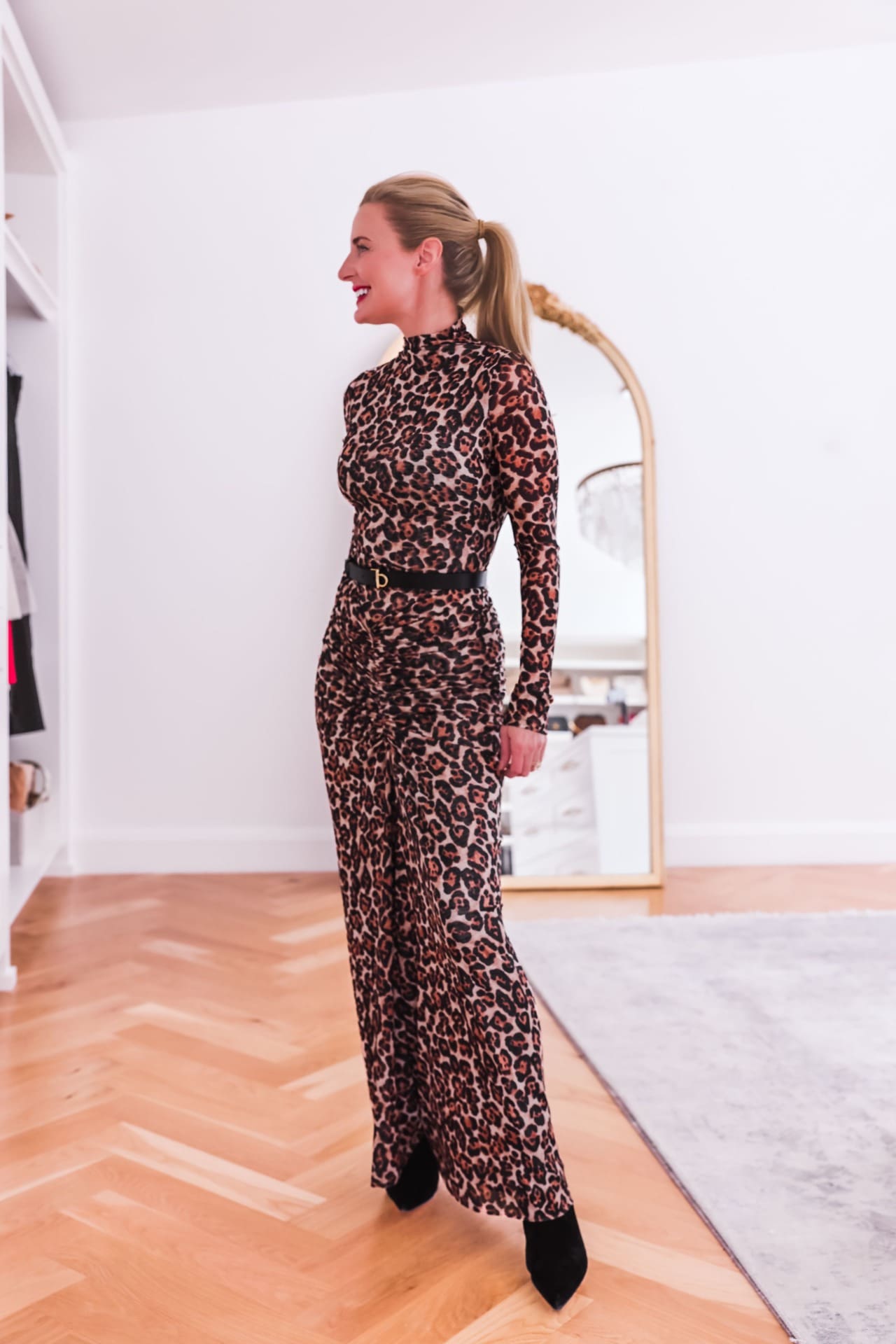
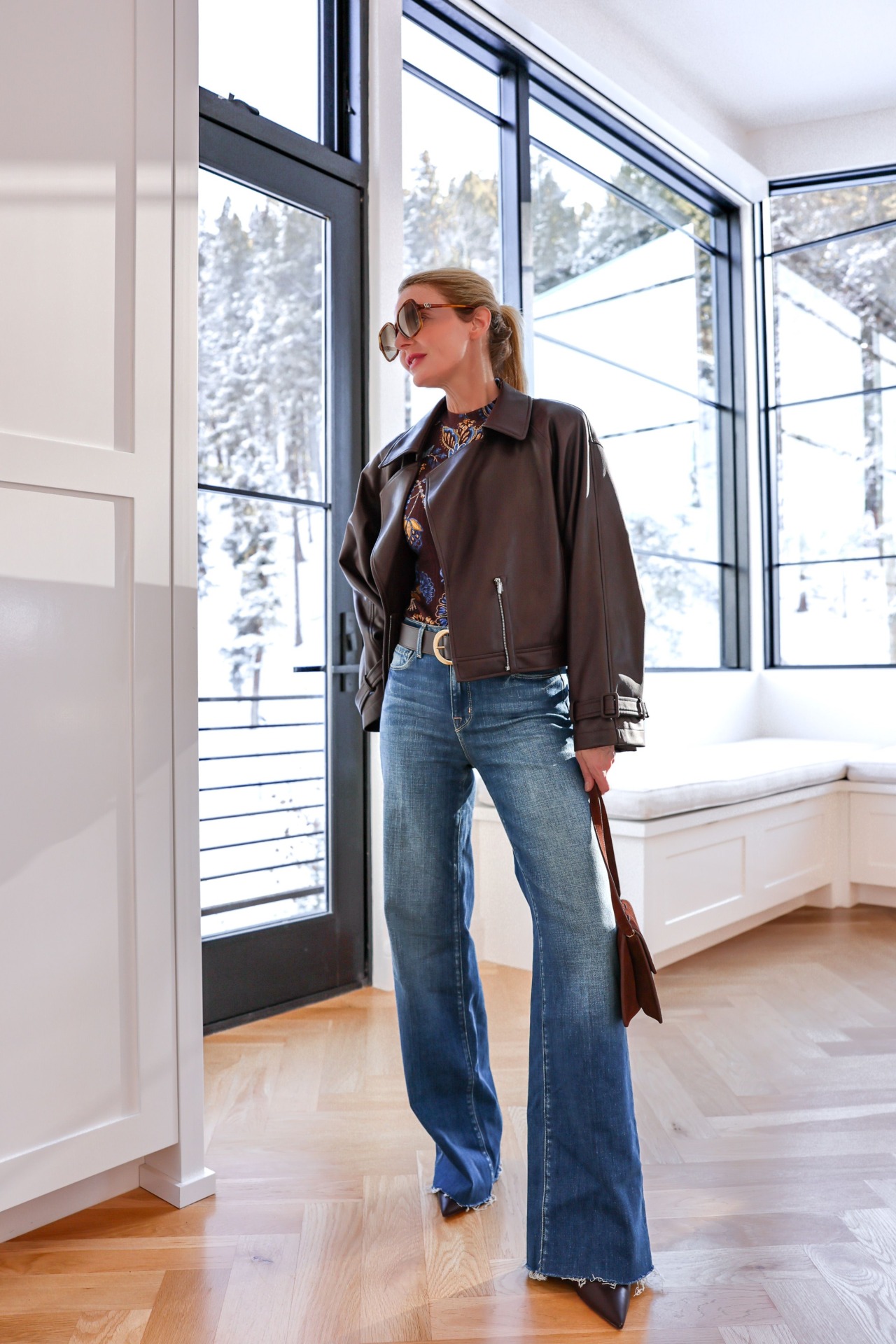

I’d love some guidance on choosing products for extremely sensitive skin (rosacea, dryness, hypothyroid, the whole shebang). Also, I feel like aging decolletage could be a whole article on its own? Thanks for the content!
Hi Trish! Let me noodle on some ideas for you. And oh boy, totally agree about the decolletage as a topic! In fact I was just at the dermatologist’s office the other day talking about strategies, so I’ll definitely add it to my list.
xoxo – Francine
Trisha – If you have sensitive skin/rosacea then I would go the kojic acid/licorice route or even soy based products (Aveeno’s entire Positively Radiant line is great: https://rstyle.me/+ZIYHrzWNkgL20zUvQkTrhQ). Overly sensitive skin should just use these products once in the evening only. I’ve found that applying this Calming Creme from Eucerin (https://rstyle.me/+JyxNQdX39YF-u4cog6_lLg) on top helps a lot too!
xoxo – Francine